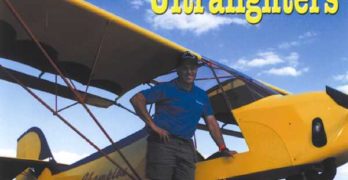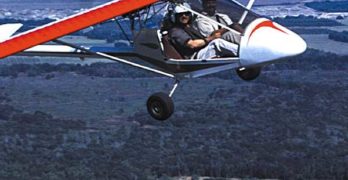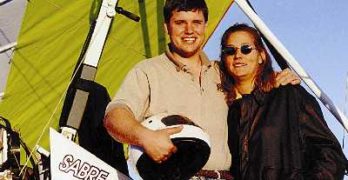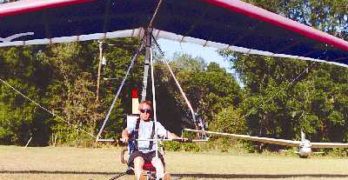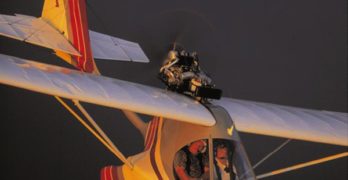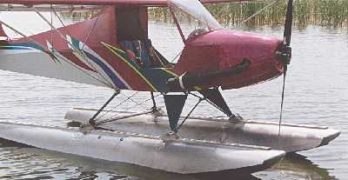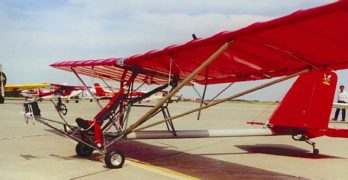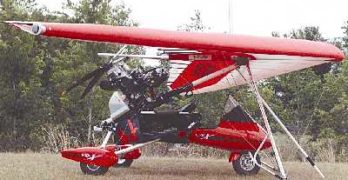Avid Aircraft has never indicated a lot of interest, sticking to their popular 2-place models and moving more in the direction of features like a Lycoming (general aviation) engine rather than downsizing.
Published in Light Sport and Ultralight Flying
Seating
Single-seat
Empty weight
284 pounds
Gross weight
560 pounds
Wingspan
26 feet 9.5 inches
Wing area
114.5 sq ft
Wing loading
4.9 lbs/sq ft
Length
17 feet 7 inches (18 ft 9 in wings folded)
Height
6 feet
Fuel Capacity
5 gallons
Kit type
Construction
Build time
200 hours
Standard engine
Rotax 447
Power
40 horsepower
Power loading
14.0 pounds/hp
Cruise speed
63 mph
Never exceed speed
80 mph
Rate of climb at gross
700 fpm
Takeoff distance at gross
75 feet
Landing distance at gross
100 feet
Standard Features
Folding wings (3 minutes), towable on its own wheels, steerable tailwheel, four-point safety harness, Lexan® windshield, instrument panel, adjustable seat, 5-inch main wheels with tubeless tires, 5-gallon wing tank with quick drain, Piper Cub-type main gear shock absorber, engine mount and universal engine adapter plate.


